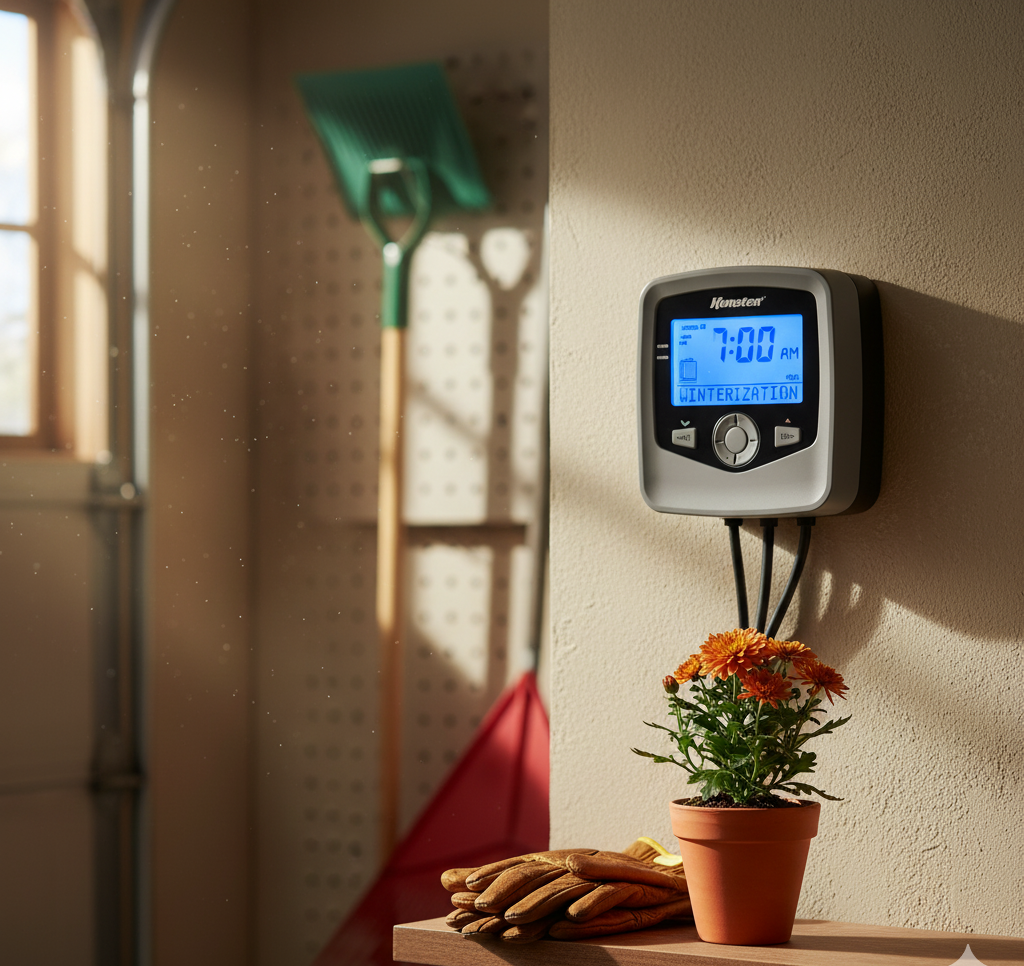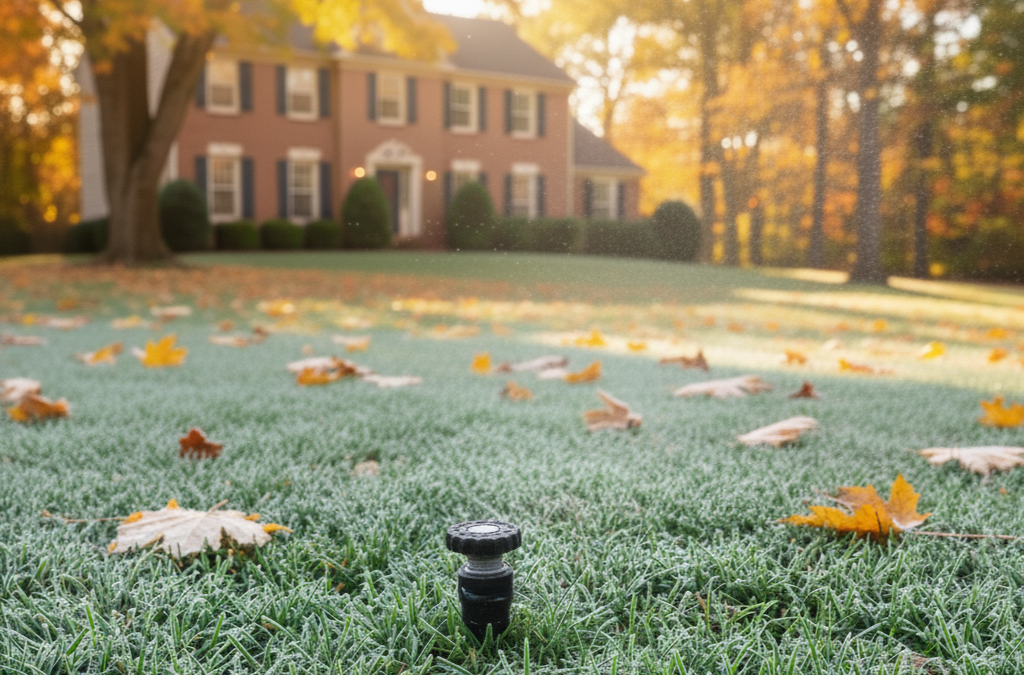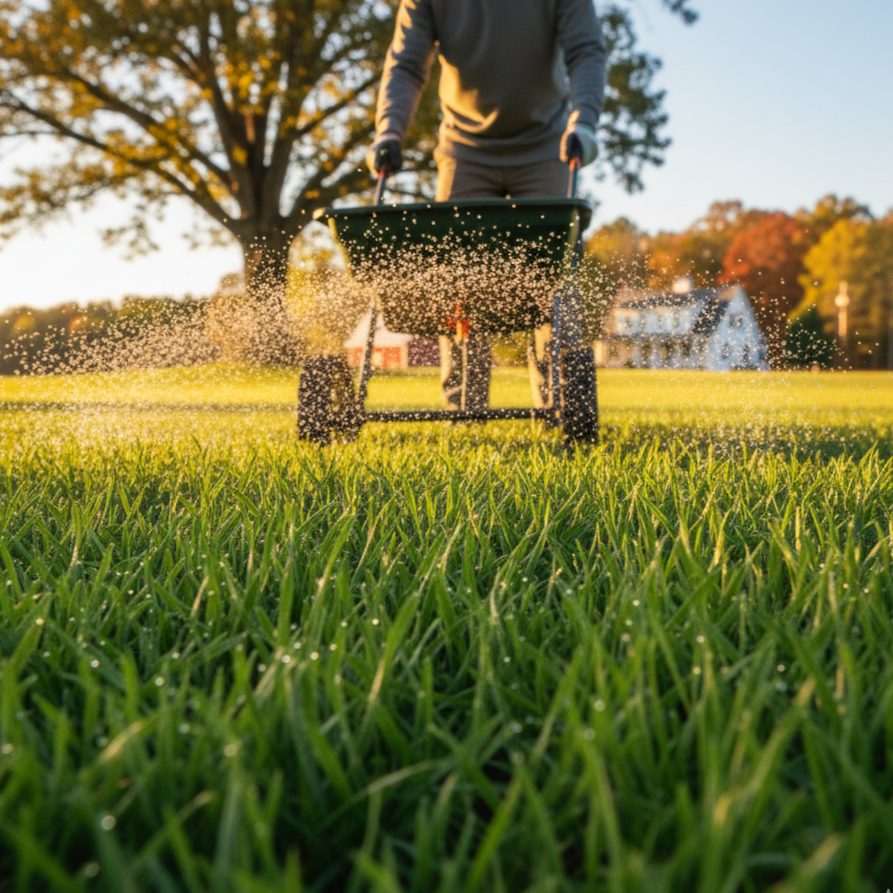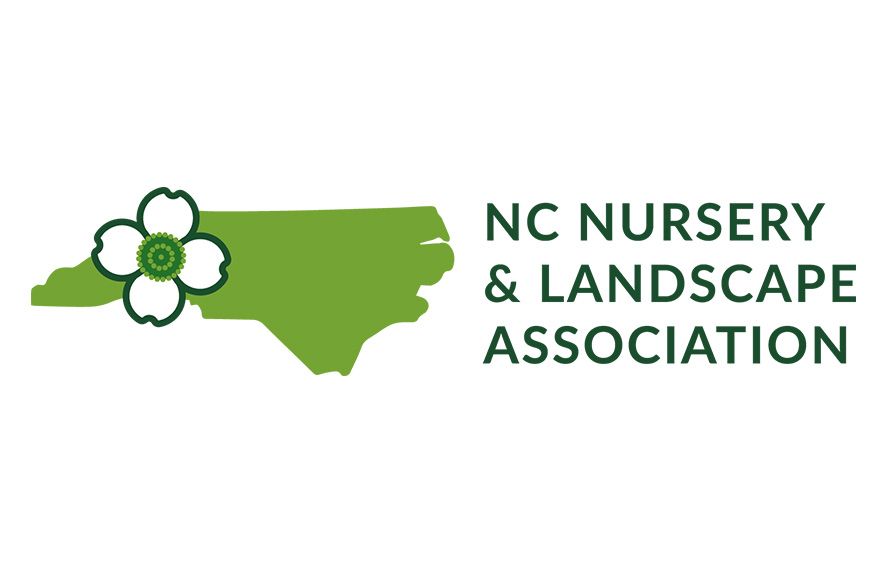While a scattered layer of fall foliage may seem harmless at first, letting leaves accumulate can have serious consequences beneath the surface. Over time, fallen leaves clump together, especially after rain or dew, forming a thick mat that acts like a suffocating blanket over your lawn. This physical barrier blocks out the vital elements your turf needs to stay healthy and strong. Even in early fall, just a few days of neglect can trigger these issues—especially for shaded lawns or low-lying areas where moisture already lingers. Without light, air, or consistent water movement, the grass begins to weaken, leaving it more vulnerable to winter stress and spring diseases.
Fall Leaves Might Look Nice—But They’re No Friend to Your Lawn
Autumn may bring beautiful foliage, but when those leaves fall and blanket your yard, they become more than a seasonal inconvenience—they become a threat to your lawn’s health. Leaving leaves to accumulate can set off a chain of problems, from suffocating your grass to attracting pests and diseases.
At Green Garden Landscaping, we know the science and strategy behind maintaining a clean, healthy landscape throughout fall. Here’s everything you need to know about why leaf removal matters—and how it protects the long-term health of your yard.
1. Leaf Buildup Suffocates Your Lawn at the Root Level

2. Seasonal Strategy Matters: When & How Often to Remove Leaves
3. Pests, Fungus & Hidden Lawn Killers
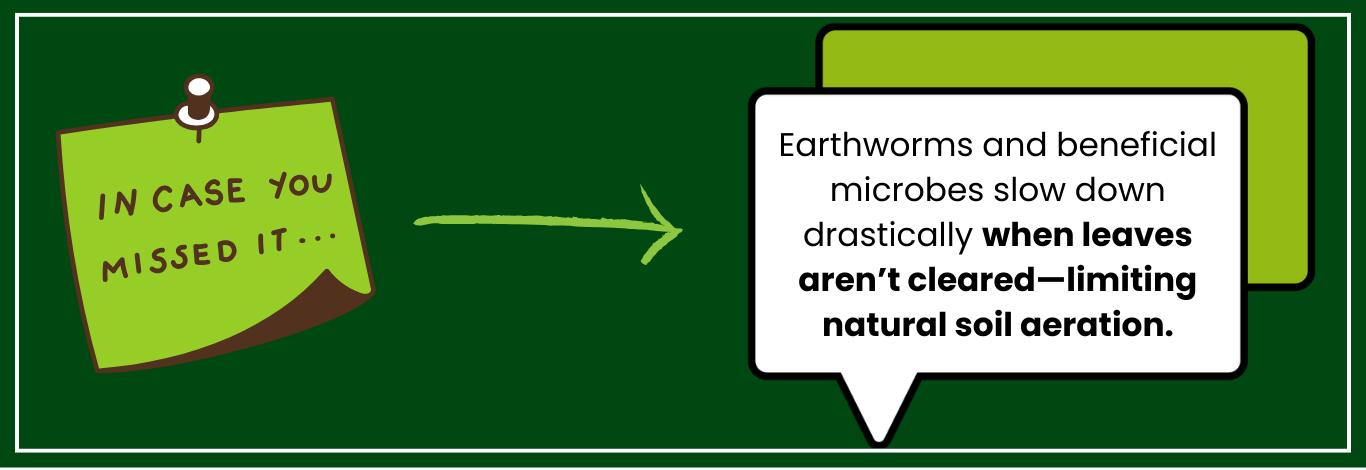
4. The Hidden Costs of Leaf Neglect

5. Leaf Disposal & Environmentally Friendly Options

6. Maximize Fall Care by Pairing Leaf Removal With Other Services
Let Green Garden Landscaping Handle It
Leaf cleanup might seem simple, but getting it done right—and on time—requires the right tools, timing, and technique. At Green Garden Landscaping, we handle every aspect of seasonal leaf removal so you can focus on enjoying your yard, not raking it.
Here’s what we offer:
✅ Commercial-grade blowers, vacuums, and mulchers
✅ Thorough cleanup of lawns, beds, hardscapes, and curbs
✅ Eco-friendly disposal or on-site mulching
✅ Bundled services for full fall lawn prep
✅ A Double Money-Back Guarantee for your peace of mind
We proudly serve Sanford, Pinehurst, Southern Pines, and surrounding North Carolina communities.


